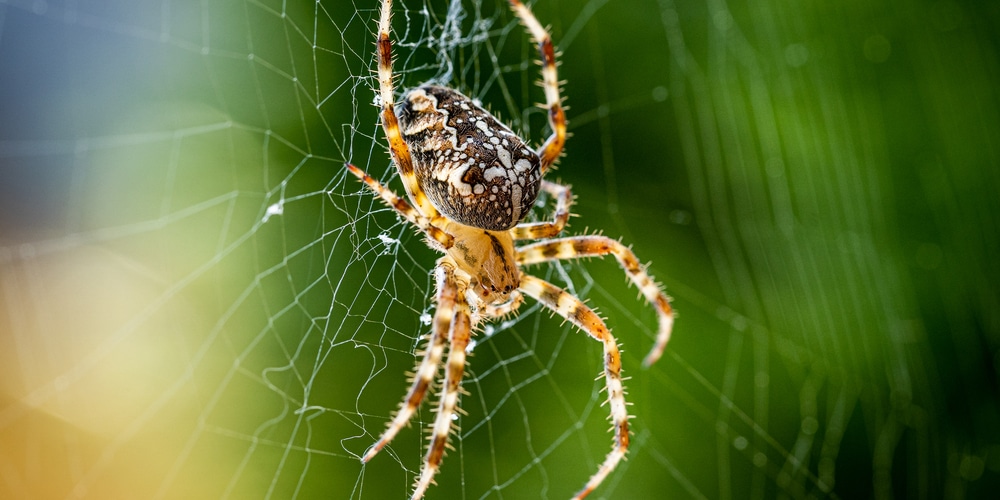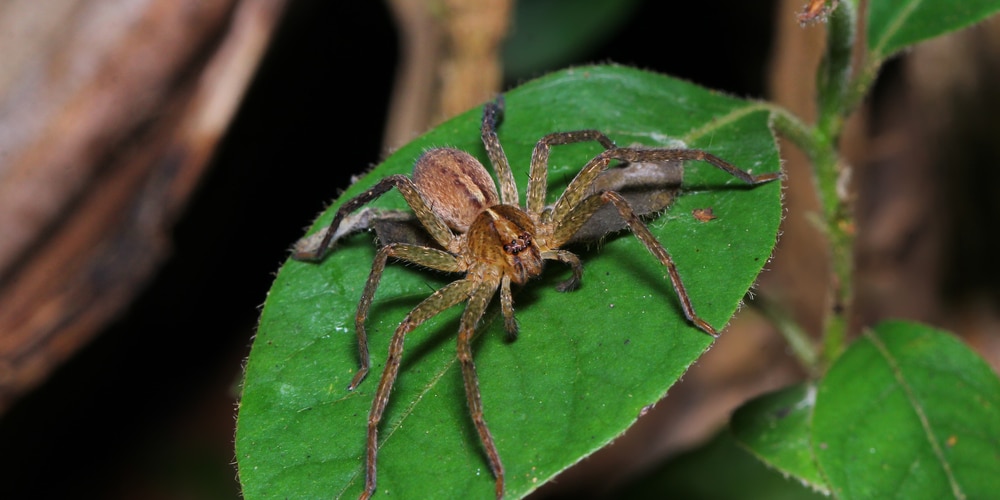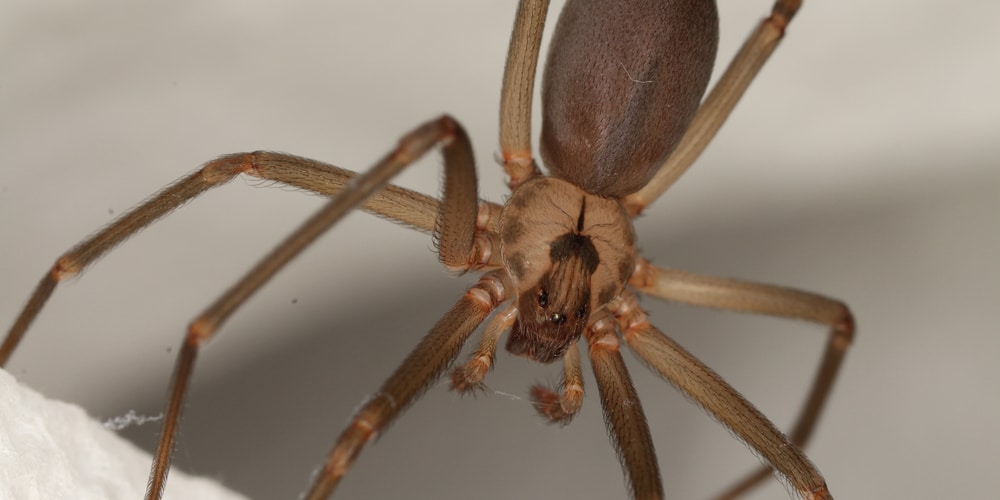Spiders are among the most distinctive creatures on earth, not just in appearance and behavior but also in feeding needs. Whether you’re trying to starve an unwanted home invader, or you own a spider as a pet, here’s your complete guide to how long spiders can live without food.
An Overview of Spider Feeding Needs

Depending on the species, spiders can live without food between several weeks and one year. Generally, the larger the spider, the longer it can survive without eating. However, even most small, common house spiders can skip eating for about 30 to 60 days.
Spiders don’t have a set eating routine. They’ll eat after catching prey, but only when hungry. Additionally, many spiders will temporarily fast, living off food stored in their body. Even without stored nutrients, spiders can still survive for weeks or longer by regulating their metabolism.
How Much Do Different Spider Species Need To Eat?
Over 37,000 species of spiders exist, with approximately 3,800 species found in North America alone, and their eating needs can vary considerably. Here’s a rundown on the eating requirements of spiders you’ll commonly find around the house.
American House Spider
Also known as the Common House Spider, you’ll find them in damp, dark areas such as basements and underneath staircases. They’re about the size of a nickel with brown, gray, or tan coloring.
They’re prolific web builders. Unlike many other spiders, American House Spiders will frequently abandon webs in favor of building new ones.
They can live for about eight weeks without food or water. If they cannot find food, they’ll eat their own webs, which provide protein.
Black Widow
Black widows are well-known for their venomous bite, which can result in intense pain for several days (but is rarely fatal).
They’re easy to recognize with shiny, black bodies marked by a bright, red hourglass shape. They range in size from about three to 10 millimeters. You’ll find them in dark, quiet areas such as basements, closets, and garages.
Black widows can survive for nearly one year without eating by lowering their metabolism. However, they can only live for one week without water.
Brown Recluse
The brown recluse is another venomous spider commonly found in North America. They’re usually brown, gray, or white with a violin-shaped marking.
They make their homes in many diverse locales, including garages, wood piles, closets, and other dark, dry spots.
Brown recluses will live for over a year without food.
Wolf Spider
Wolf spiders are fast, hairy, and intimidating. They’re hunting spiders who chase down their prey instead of weaving webs.
They range in size from about a half-inch to well over two inches long. Common coloring variations include black, brown, gray, and tan.
Wolf spiders need to eat every three weeks and can live about one week without water.
Daddy Longlegs
While these arachnids aren’t technically spiders, most homeowners don’t care much about the fine distinction. You’ll find them in damp, dark, out-of-the-way areas such as basements and under sinks. They’re easy to recognize, with eight long, thin legs and a tiny, oval body.
Also called Harvestmen, they can live about two months without eating or drinking. They can survive longer without food, but only if they have a source of water.
Tarantula
While rarely found roaming free in North American homes, tarantulas are popular pets. These burrowing spiders range in size from smaller than a BB to as large as a plate.
They’re capable of living without food for a long time. Some tarantulas will survive for up to two years. They can also go for about five months without water.
Final Thoughts
How long can a spider live without food? Most spiders found inside a home can live for about two months without eating before dying. If they have regular access to water, they can live even longer.
If you’re hoping a spider in your home dies from starvation, you’re in for a long wait, as arachnids have a remarkable ability to survive without eating.

